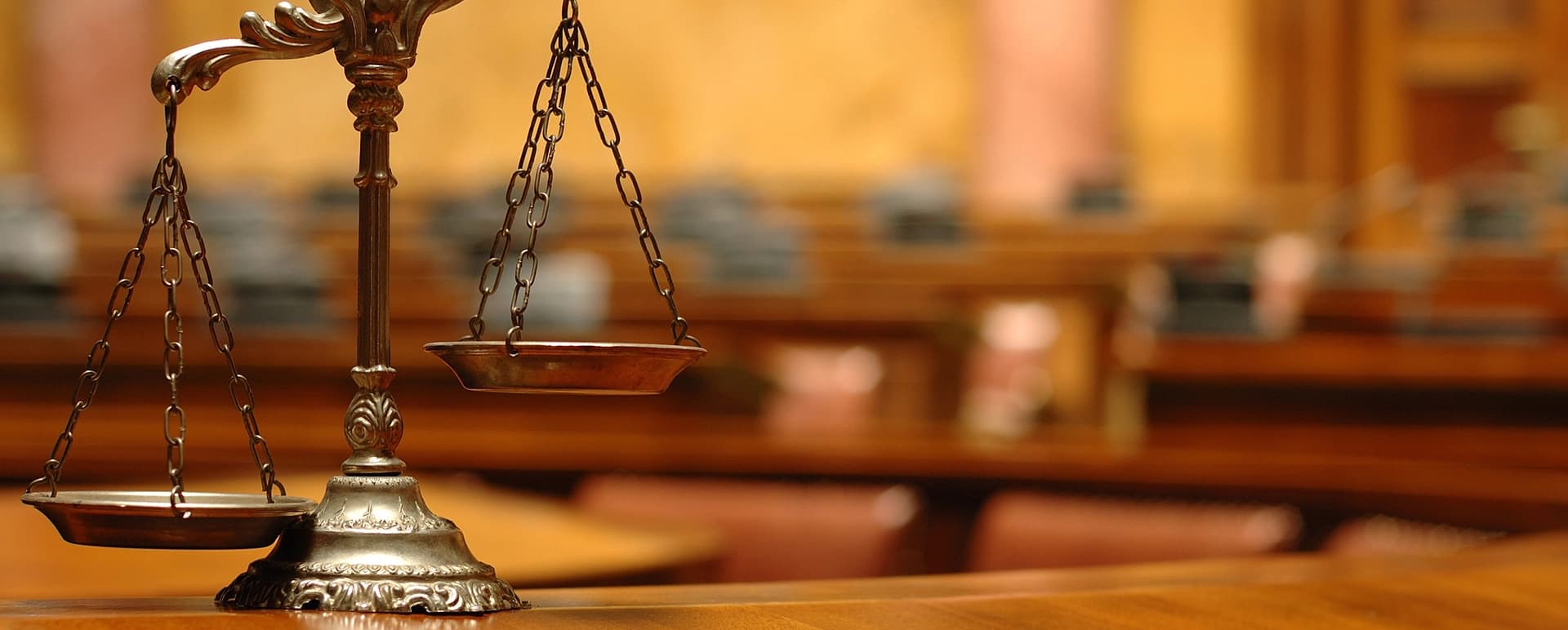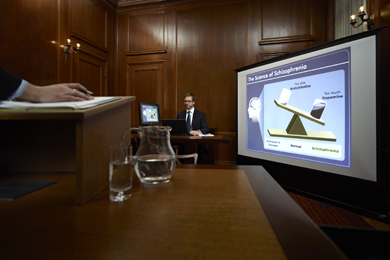Trial Presentation Focused Services for Visual Explanations in Legal Cases
Trial Presentation Focused Services for Visual Explanations in Legal Cases
Blog Article
Astound the Jury: Vital Components of a Powerful Test Discussion
Essential aspects such as understanding the audience, crafting an engaging narrative, and grasping spoken and non-verbal communication are vital components of an efficient discussion. As these elements link, they create a cohesive method that not just informs however additionally engages jurors on several degrees.

Recognizing Your Audience
Understanding your audience is an essential facet of efficient trial discussion. An effective discussion rests on the capability to realize the demographics, worths, and proneness of jurors. This comprehension informs how arguments are framed, evidence exists, and emotional charms are crafted, making certain that the message resonates with the jurors on a personal degree.
Research indicates that jurors come from varied histories and may have differing degrees of recognizing regarding legal procedures (trial presentation). Therefore, it is crucial to avoid lawful lingo that can push away or puzzle them. Instead, utilizing clear, relatable language cultivates involvement and understanding. Additionally, understanding the jurors' potential prejudices and life experiences permits the test presenter to expect arguments and address worries proactively.
Efficient test presentation likewise entails observing jurors' reactions throughout the proceedings. Being attuned to non-verbal signs can offer insight right into their interaction and receptivity, permitting real-time changes in method. Ultimately, an extensive understanding of the audience not just boosts communication yet likewise builds connection, increasing the chance of a beneficial end result. Engaging with jurors as people rather than a cumulative unit is important in cultivating a strong link in the court room.

Crafting a Compelling Story
Crafting a compelling story is vital in guiding jurors via the intricacies of a case. A well-structured story not only streamlines elaborate lawful ideas however also involves jurors on an emotional degree, making the info a lot more relatable and unforgettable.
To accomplish this, attorneys need to start by identifying the core message they desire to convey. This message should reverberate with the jurors' worths and experiences, fostering a link that transcends simple facts. The story should unravel logically, offering events in a clear sequence to prevent confusion. This sequential approach can aid jurors follow the progression of occasions, emphasizing domino effect.
Including human elements-- such as personal tales or anecdotes-- can even more boost the story's impact. These components evoke empathy, enabling jurors to envision the consequences of the case on realities. In addition, using a constant style throughout the discussion enhances the primary debate, making it much easier for jurors to keep crucial points.
Eventually, a compelling narrative changes a test discussion from a mere recounting of facts into a convincing story that astounds the jury, encouraging them to deliberate with both reason and emotion.
Making Use Of Visual Help
Integrating visual aids right into a test presentation can considerably improve jurors' understanding and retention of details. Visual materials such as charts, layouts, pictures, and video clips can change intricate legal concepts and proof into easily absorbable styles. By engaging numerous senses, these aids permit jurors to picture the case's crucial elements, making it much easier for them to comply with along and grasp detailed details.
Moreover, properly designed visual help can highlight crucial factors and highlight relationships in between different items of evidence. Timelines can successfully show the series of events, while annotated images can make clear particular details pertinent to the situation. This not only help in understanding but additionally strengthens the story presented by the lawyer.
Excessively complex or cluttered visuals may bewilder jurors and take away from the message. Ultimately, effective visual communication can be an effective device in persuading jurors and helping them reach notified final thoughts.
Understanding Verbal Communication
Effective verbal communication is vital in a test presentation, recommended you read as it functions as the primary means where attorneys communicate their disagreements and get in touch with jurors. Understanding this ability entails quality, persuasion, and engagement. Attorneys need to articulate their factors plainly Go Here and briefly, avoiding legal jargon that may perplex jurors. Simpleness in language cultivates understanding and aids jurors grasp complex issues provided throughout the test.
Additionally, tone and pacing significantly influence just how messages are obtained. A certain tone shares authority, while appropriate pacing permits jurors to soak up details without really feeling overwhelmed. Lawyers should also vary their singing inflections to stress crucial factors and preserve jurors' rate of interest throughout the discussion.
Additionally, the organization of verbal arguments is important. Structuring the narrative rationally and coherently assists jurors adhere to the attorney's line of thinking, making it less complicated for them to retain crucial info. Utilizing influential strategies, such as storytelling, can likewise improve the psychological vibration of the arguments offered, therefore developing a much more profound link with jurors.
Inevitably, grasping verbal communication not only enhances an attorney's case but additionally promotes trust and rapport with the court, dramatically improving the chances of a favorable decision.

Involving With Body Language
Nonverbal interaction plays an important duty in trial discussions, commonly conveying messages that words alone can not share. Body language, incorporating gestures, posture, faces, and eye contact, substantially influences just how jurors perceive the reliability and genuineness of the presenter. A certain stance, with shoulders back and an open posture, can impart trust, while closed-off body movement might suggest defensiveness or unpredictability.

Faces must reflect the feelings related to the case, enhancing the narrative existing. For instance, an honest expression during an emotional moment can elicit compassion and enhance the sob story. Eventually, mastering body movement is crucial for efficient test presentations, as it boosts spoken communication and develops an engaging presence that reverberates with the court.
Final Thought
Finally, mesmerizing the court necessitates a calculated approach that includes understanding the target market, crafting a compelling narrative, making use of visual help, understanding verbal interaction, and involving through body movement. Each component plays a vital role in creating a powerful test presentation that reverberates with jurors on both emotional and intellectual levels (trial presentation). By integrating these elements properly, legal professionals can considerably boost their capacity to convince and affect jury decision-making
Report this page